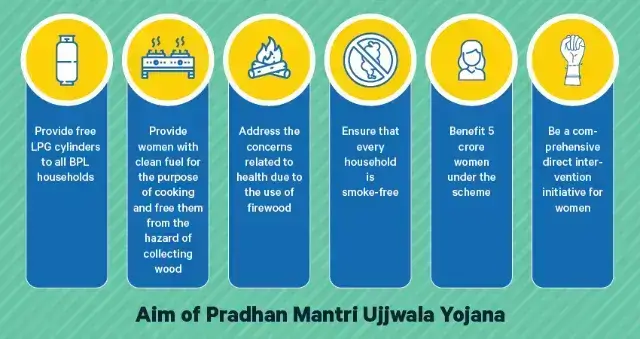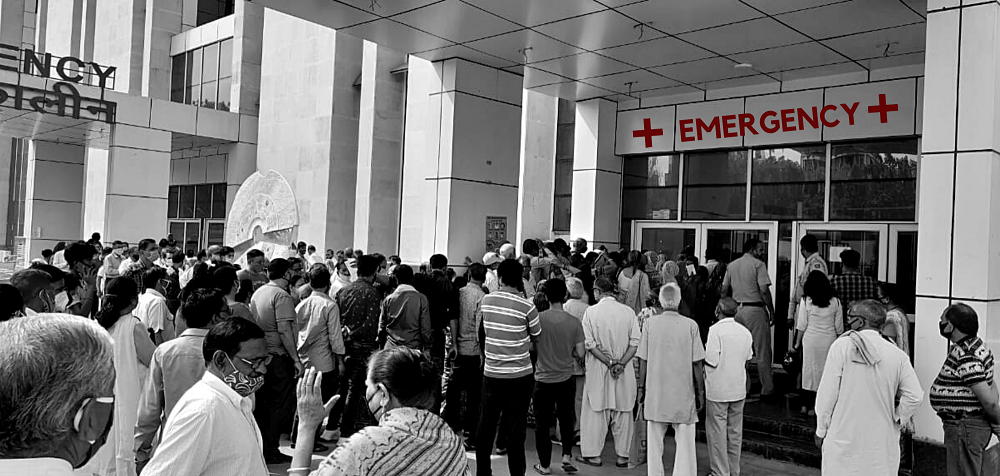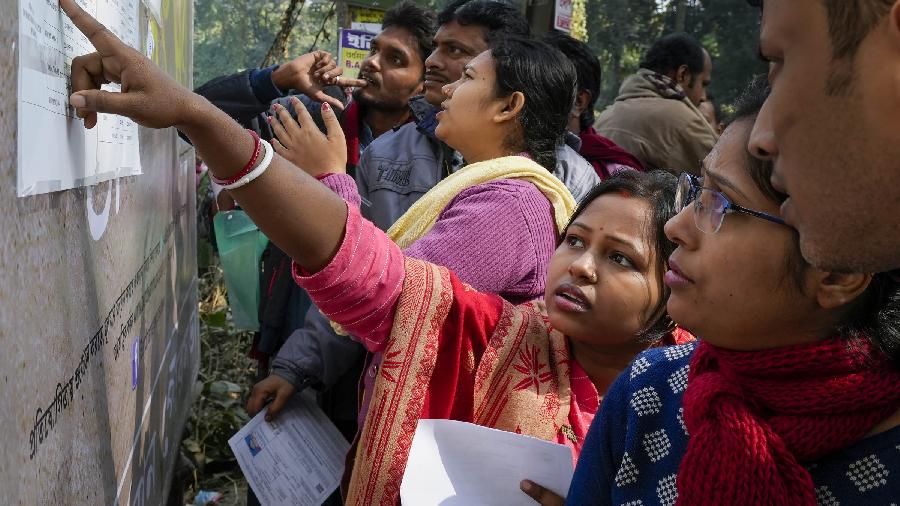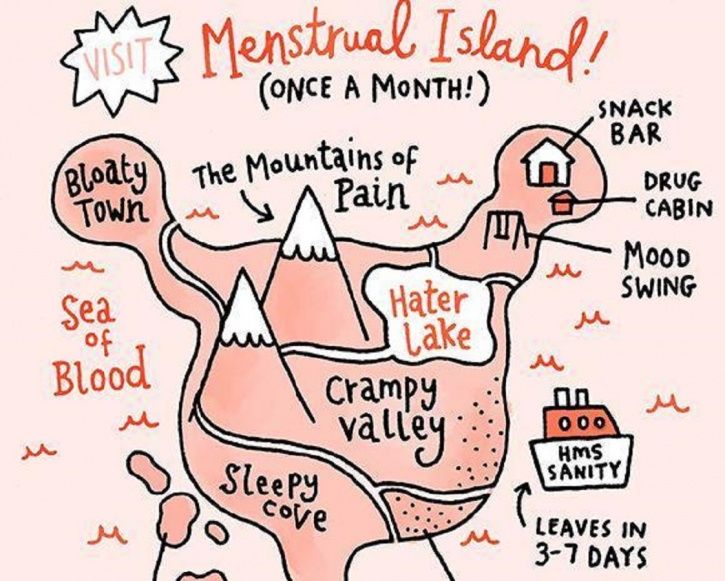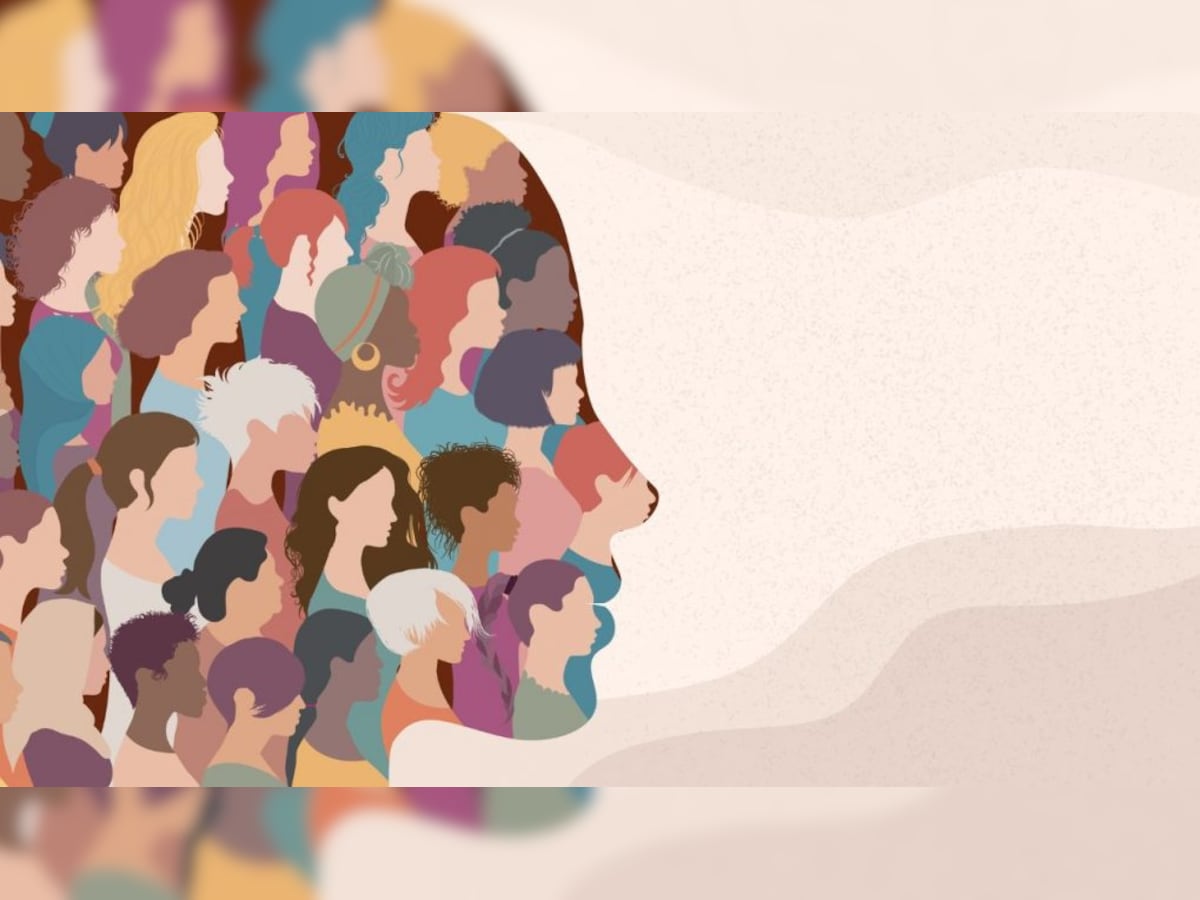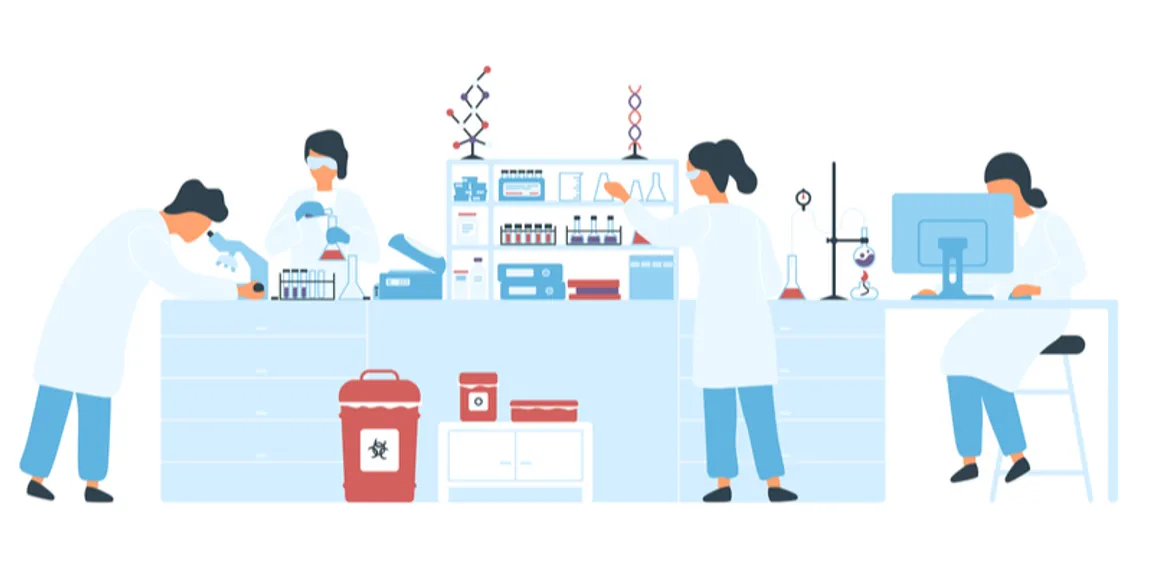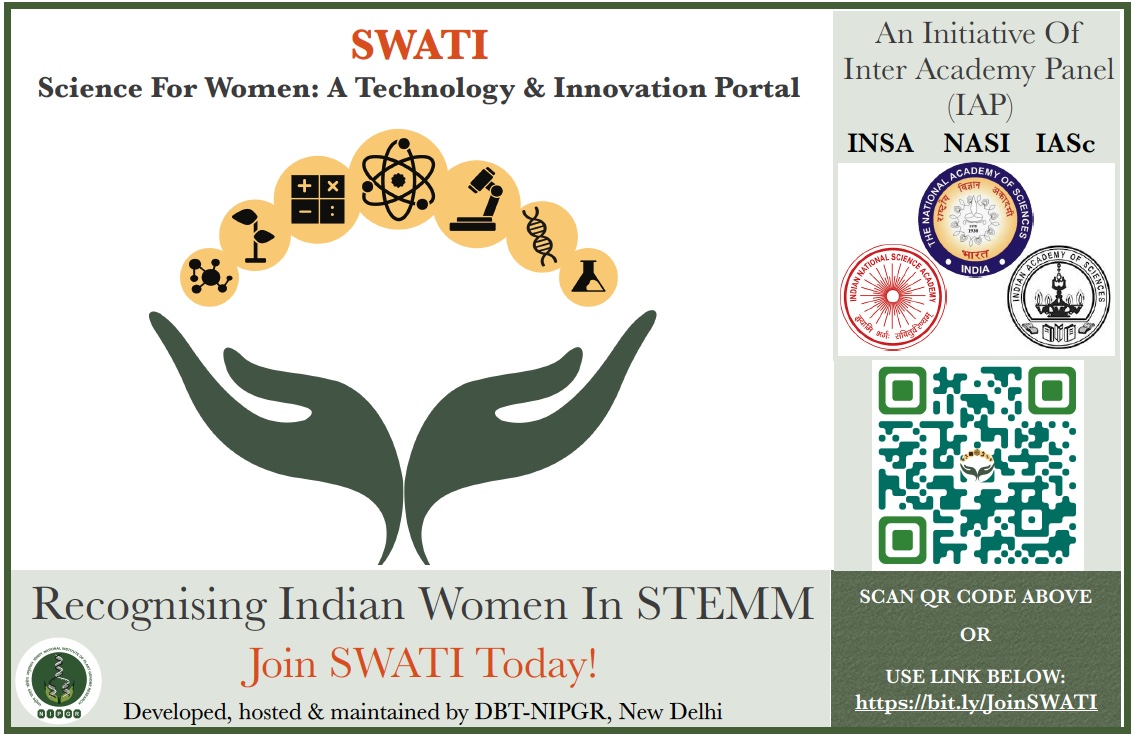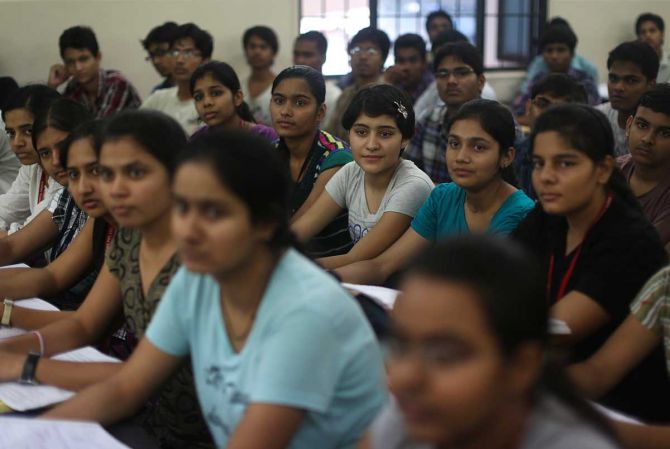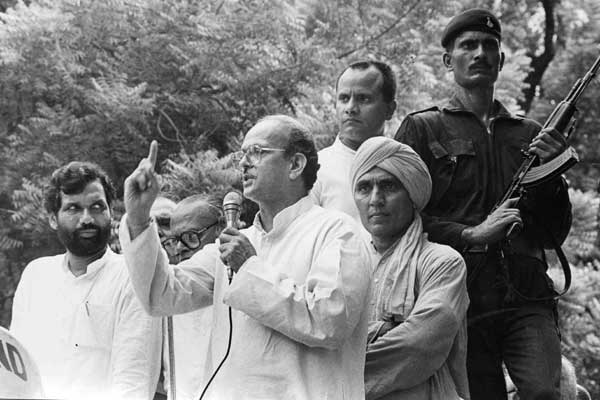
Why is it in news?
- On March 1, International Waste Pickers Day, waste pickers across the world will pay homage to fellow pickers who were murdered in Colombia in 1992.
Who are informal waste pickers?
- The International Labour Organization defines the informal sector in waste management as ‘individuals or small and micro-enterprises that intervene in waste management without being registered and without being formally charged with providing waste management services’
Background:
- Informal waste pickers, often overlooked and marginalized, play a crucial but unseen role in India’s waste management systems. They are vital yet often forgotten members of the waste value chain ecosystem, deserving recognition and understanding.
- These workers are the primary collectors of recyclable waste, playing a critical role in waste management and resource efficiency by collecting, sorting, trading and sometimes even reinserting discarded waste back into the economy.
- Yet, they face systemic marginalisation due to non-recognition, non-representation, and exclusion from social security schemes and legal protection frameworks.
What data shows?
- While reliable estimates of informal waste pickers are difficult to come by, the Centre for Science and Environment reported that the informal waste economy employs about 5%–2% of the urban population globally.
- Many are women, children and the elderly, who are often disabled, are the poorest of the urban poor, and face violence and sexual harassment often. The Periodic Labour Force Survey 2017-18 indicates that there are nearly 1.5 million waste pickers within India’s urban workforce, with half a million being women.
Challenges Faced by Waste Pickers
- Work Conditions: Waste pickers labor for 8 to 10 hours daily, collecting 60 kg to 90 kg of waste, often without safety equipment, exposing themselves to hazards.
- Health Issues: They suffer from dermatological and respiratory problems, alongside regular injuries, due to their hazardous work conditions.
- Socioeconomic Factors: Low income, irregular work, and harassment exacerbate their precarious livelihoods, compounded by their subordinate position in the caste hierarchy.
Impact of Private Sector Participation in waste collection
- Exclusion: Private sector involvement in waste management alienates waste pickers, depriving them of their rights and exacerbating their vulnerability.
- Marginalization: As noted by the Alliance of Indian Waste Pickers (AIW) 2023 report, Private actors employ expensive machinery, marginalizing informal waste pickers by offering competitive rates to waste generators, forcing them into hazardous scavenging activities.
- Loss of Rights: Private players and municipal authorities often cordon off dump sites, further limiting waste pickers’ access and exacerbating their vulnerability.
Importance of Waste Pickers in Plastic Management
- Global Contribution: Waste pickers globally collect and recover up to 60% of all plastic waste, contributing significantly to its recycling efforts, as highlighted in the 2022 World Economic Forum report.
- Underappreciated Role: Despite their crucial contribution to sustainable recycling, waste pickers’ work is undervalued, and they struggle to earn a decent livelihood.
- Quantitative Impact: Reports by the United Nations Development Programme (UNDP) and Pew state that informal waste pickers collected 27 million metric tonnes of plastic waste in 2016 alone, representing 59% of all plastic material collected for recycling, thereby preventing it from ending up in landfills or oceans.
- Relevance in India’s Context: In India, where per capita plastic waste generation is rising, waste pickers’ role becomes even more critical, especially considering that the country is among the top 12 responsible for 52% of the world’s mismanaged waste, as per a recent CPCB report.
- Harnessing Traditional Knowledge: Waste pickers possess traditional knowledge about waste handling, which could significantly enhance the effectiveness of the EPR system if integrated properly.
- Rethinking EPR Norms: In light of this, there is a need to reconsider the formulation of EPR norms to ensure the inclusion and empowerment of millions of informal waste pickers within the new legal framework.
Understanding Extended Producer Responsibility (EPR)
- Objective: EPR aims to enhance plastic waste management by transferring the responsibility of waste management from municipal authorities to commercial waste producers.
- Promises of EPR: EPR holds the potential for social inclusion for waste pickers and other informal grassroots actors by promoting accountability among commercial waste producers.
Analysis of Extended Producer Responsibility (EPR) Guidelines
- Stakeholder Identification: The EPR guidelines in India recognize various stakeholders, including the Central Pollution Control Board (CPCB), producers, brand owners, industry, industry associations, civil society organizations, and citizens.
- Uncertainty Regarding Inclusion: It remains unclear whether these stakeholders include informal waste pickers or their representing organizations, raising questions about the extent of their involvement in the EPR framework.
- Discrepancies with Solid Waste Management Rules 2016: While the Solid Waste Management Rules 2016 mandate the inclusion of waste pickers in municipal solid waste management systems, informal waste pickers are evidently missing in the prioritization within the EPR guidelines.
- Omission in EPR Guidelines 2022: The EPR Guidelines 2022, published by the Ministry of Environment, Forest, and Climate Change, have blatantly ignored the role of informal waste pickers in waste management and recycling, further exacerbating their exclusion from the formal waste management framework.
Challenges in Implementation
- Redirection of Waste: Despite its promises, EPR often redirects waste away from the informal sector, posing a threat of large-scale displacement for informal waste pickers.
- Concerns Raised by WIEGO: Women in Informal Employment: Globalizing and Organizing (WIEGO) have noted the potential negative impacts of EPR on informal waste pickers, highlighting the need for careful consideration and mitigation of such effects.
In conclusion, acknowledging waste pickers’ crucial role in plastic recycling is imperative for sustainable waste management. Efforts should focus on integrating them into formal systems like the Extended Producer Responsibility mechanism while addressing their socio-economic vulnerabilities for a more equitable and environmentally sound future.


